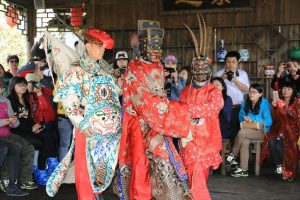

No matter which direction you enter Fujian from, the ancient buildings will be a highlight of the travel impression: bridges, earthen buildings, red brick houses… these distinctive ancient buildings are the most suitable for the natural environment and historical culture. A visual feast not to be missed.
Want to see ancient buildings but don’t want to see the crowds of tourists? We have helped you dig out these ancient villages and towns hidden between the mountains and rivers of Fujian. They are small but authentic, and each of them is worth visiting.
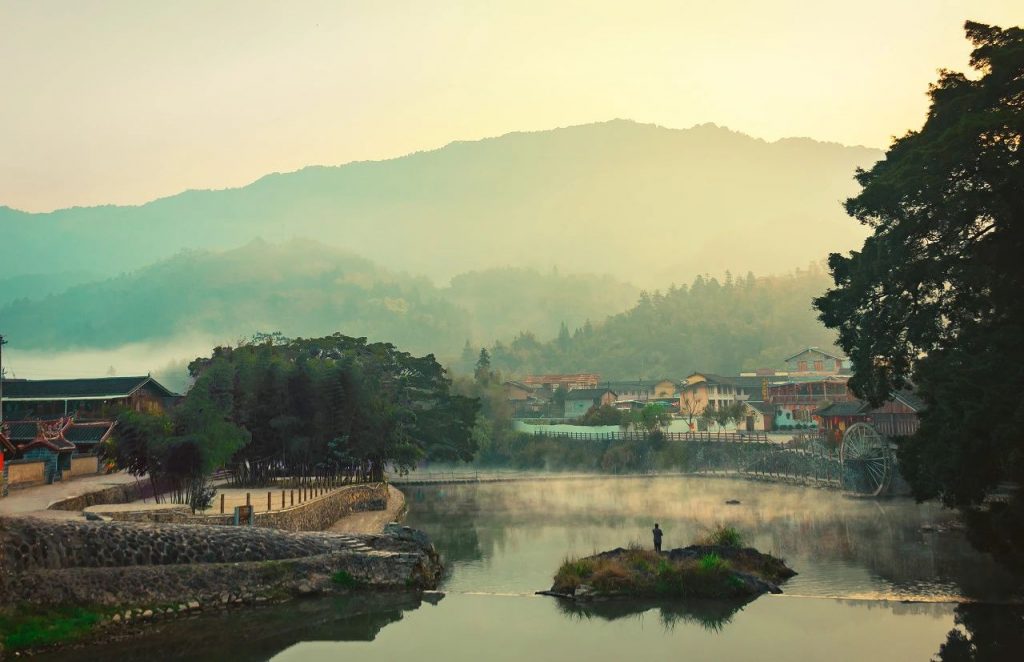
There are the clear and beautiful brushstrokes of the Song Dynasty, which stretches among the mountains and forests of Fujian. In the mountains and hills of Fujian, there are many ancient towns and villages that have not yet become popular, and the inconvenience of transportation also objectively maintains its original and unique charm. Visit as early as possible to avoid sighing in the future.
Peita
Peitian Village, Xuanhe Township
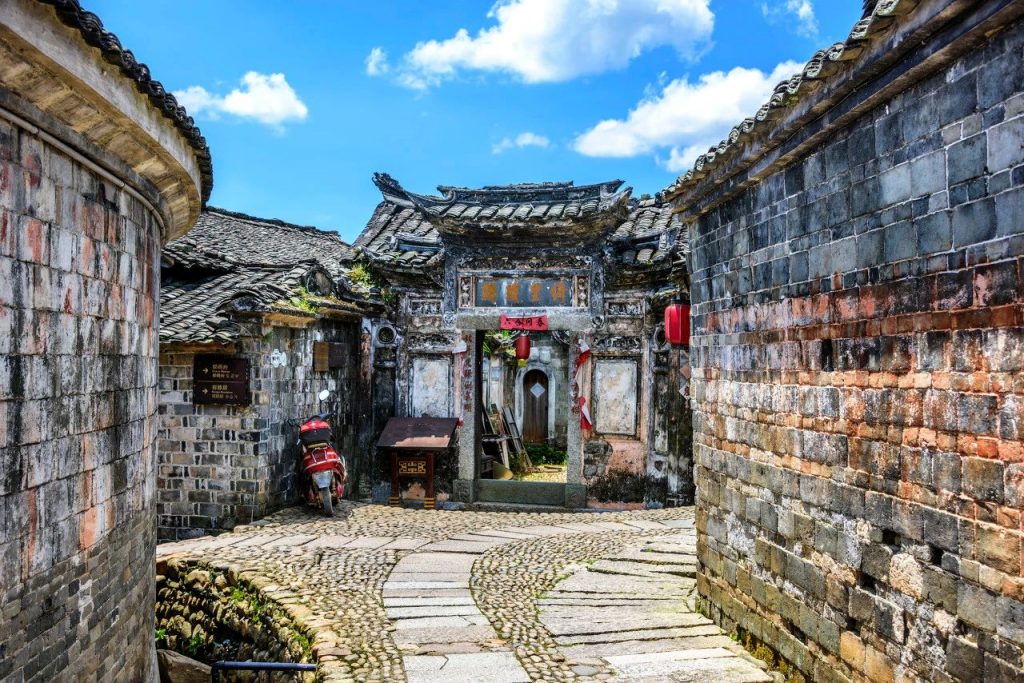
If you are interested in the ancient buildings of “Nine Halls and Eighteen Wells”, the ancient village of Peitian in Liancheng is a stop not to be missed, and it is worth staying in the compound that is both a scenic spot and an inn.
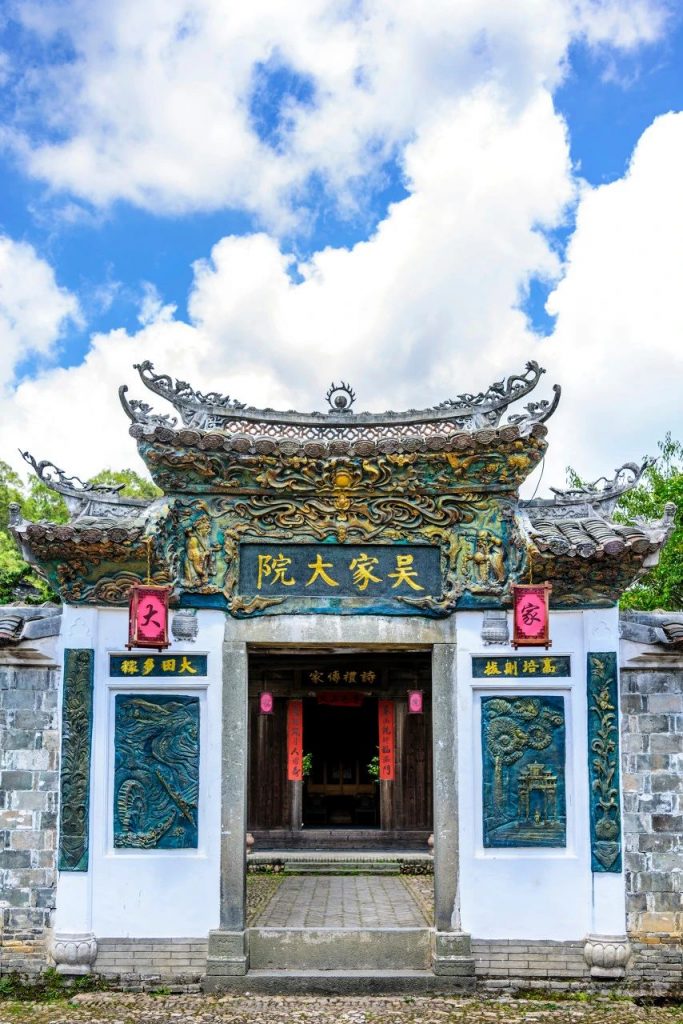
Passing through the Enrong Archway at the entrance of the village, you have seen dozens of tall halls, big houses, ancient temples, and academies, and walked through the narrow and winding ancient streets. The exquisite architectural details will dazzle you, and you can also see the glory and wealth of the Wu family. Climb to the viewing platform on the opposite bank, and you will have a panoramic view of Peitian surrounded by mountains and rivers.

As the most well-developed ancient village in western Fujian, the ancient buildings here have been well repaired, and the transportation and accommodation are relatively complete. It can avoid the hustle and bustle of weekends or holidays and still be able to travel through time deep in the alley.
Play information
Arrival traffic: Liancheng Liannan Station is very convenient to Peitian (11 yuan; 1 hour). You need to transfer trains at Pengkou Town to travel between Longyan and Peitian, and transfer at Wenfang Xinhua Gas Station for Changting to and from Peitian. Pengkou and Wenfang have shuttle buses and vans to and from Peitian.
Yunshuiyao
Changjiao Village, Meilin Township
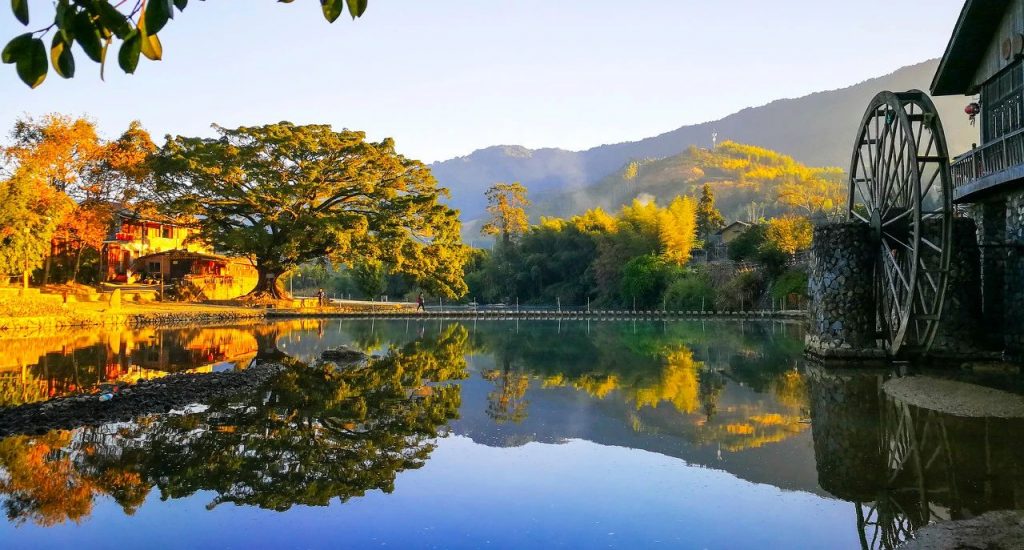
When Yunshuiyao was still called Changjiao, Changjiao people walked out of the mountains from the ancient road that Tingzhou Mansion to Zhangzhou Mansion had to pass through. A row of two-story old-fashioned brick-and-wood houses along the ancient road is the old market. The thousand-year-old big banyan tree as old as the ancient road is like a vicissitudes of old man sheltering generations of descendants, thriving in forty or fifty earthen buildings
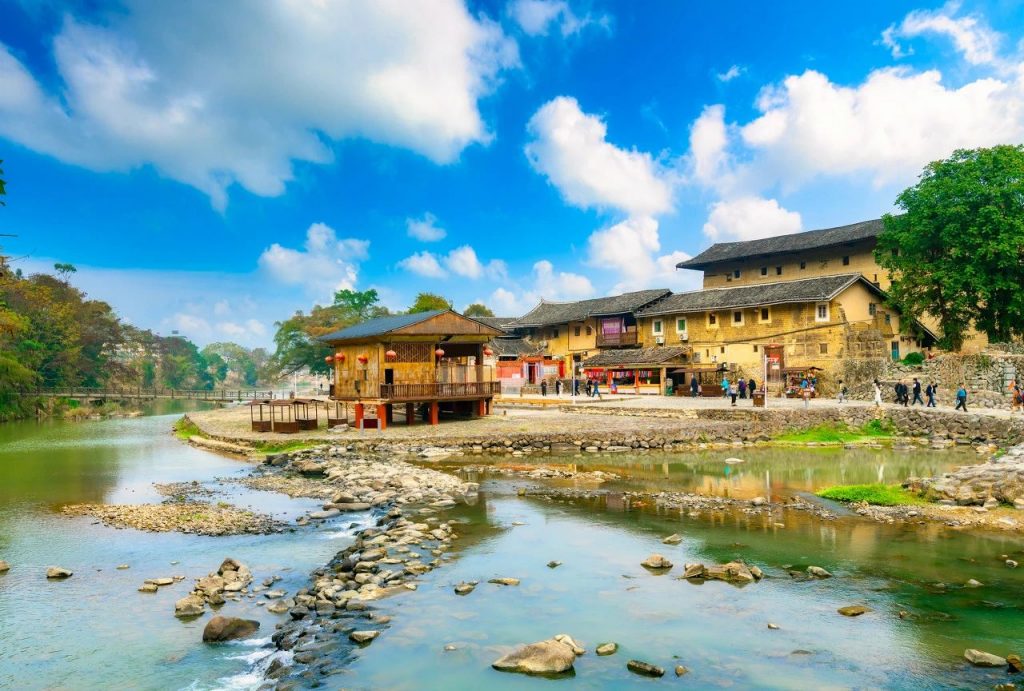
The movie Clouds and Water Ballad set here in 2006 advertised the village. Changjiao Village simply took the opportunity to change its name. The large waterwheel built by the crew has now become a symbol of the scenic spot. If you are willing to stay overnight, you might as well follow the sketching students who are observing the composition in the early morning, and appreciate the tranquil beauty of Yunshui Ballad through their perspective.
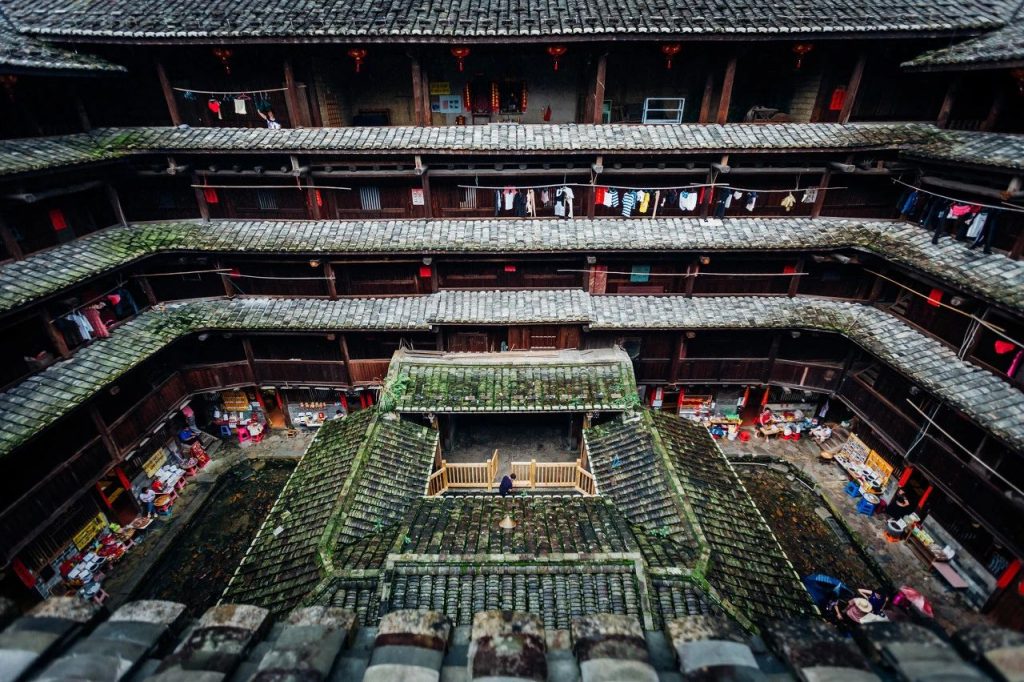
One of the things you must do in Hegui Building is to jump twice in the patio of the inner courtyard. The cobblestone ground will shake slightly-the whole square building is actually built on the swamp, like a big ship anchored on the swamp. In order to prevent the earth building from sinking, the craftsmen thought of using pine wood that is not afraid of flooding to build piles, build a foundation on top of it, and rammed the earth to form a wall. This super pine raft steadily lifted the five-story earth building, and it was safe in the earthquake. Another strange thing with Guilou is the Yin Yang well. The two wells are less than ten meters apart, but they are clear and muddy, which can be distinguished by the naked eye.
Play information
Route: The bus from Xiamen Hubin South Long-distance Bus Station to Meilin departs from Xiamen at 8:00 and 12:10 through Yunshuiyao, and returns from Defenglou at 7:00 and 12:00. The journey takes about 3 hours. The Tulou special line from Nanjing Bus Station to Yunshuiyao is 17 yuan, and the carpool is only 20 yuan per person, and 40 yuan per person to the train station. Surrounding ancient buildings: Hegui Building and Huaiyuan Building
Taxia Village
Taxia Village, Shuyang Town

A small stream winds through the valley, and there is a small bridge every not far away. Occasionally, there are a group of ducks paddling leisurely in the stream, only hating the traffic disturbing the cleanliness.
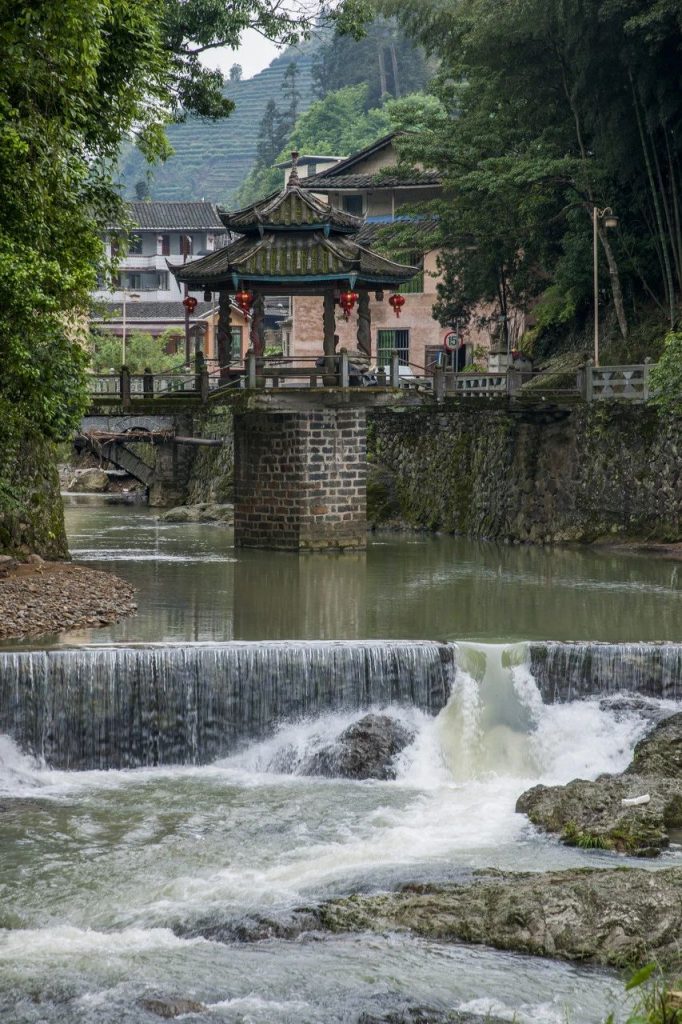
The 42 earthen buildings on both sides of the bank are interspersed with stilted buildings, of which two round buildings stand opposite each other at the two turns of the S-shaped stream, forming a “Tai Chi Water Village”. Where can I see this panorama? Go in from the alley next to Xiaolinglong Inn on the West Bank and climb the hillside along the cobble path. After about 15 minutes, turn right at the bifurcation road, and then walk along the mountain road for 10 minutes to reach a small viewing platform. If you love to climb wild mountains, the green hills on both sides of the bank are full of viewpoints.

Looking from the mountain, the most conspicuous building in a clearing in the eastern foothills is Deyuantang (Zhang’s Family Temple), which is worth your closer inspection. The most distinctive feature is the 23 stone dragon flagpoles erected by the Banyue Pool in the ancestral hall. Each one is carved from high-quality granite. The base is about one meter square. The main body of the flag can be divided into three sections. The lower section is engraved with the age, identity, generation order and name of the vertical flag. The middle section is engraved with different shapes. The embossed beacon dragon, the upper part of the civil officer carved the pen front, the military officer carved the lion, the entire flagpole is more than ten meters high, standing in line, solemn and solemn.
Play suggestions
In the summer scenic spot, there are original fireflies to watch. The firefly watching area is located 2 kilometers south of Taxia Village. To enter the firefly viewing area, you need to make an appointment in advance at the Tmall Fujian Tulou flagship store (2 yuan), and there is a firefly viewing bus (30 yuan) at the tourist service center and Yunshuiyao Scenic Spot. It is best to live in Taxia Village and take a walk with friends after dinner. To protect fireflies, please reject light sources, noises, and catching behavior.
Songkou Ancient Town
Songkou Town, Yongtai County
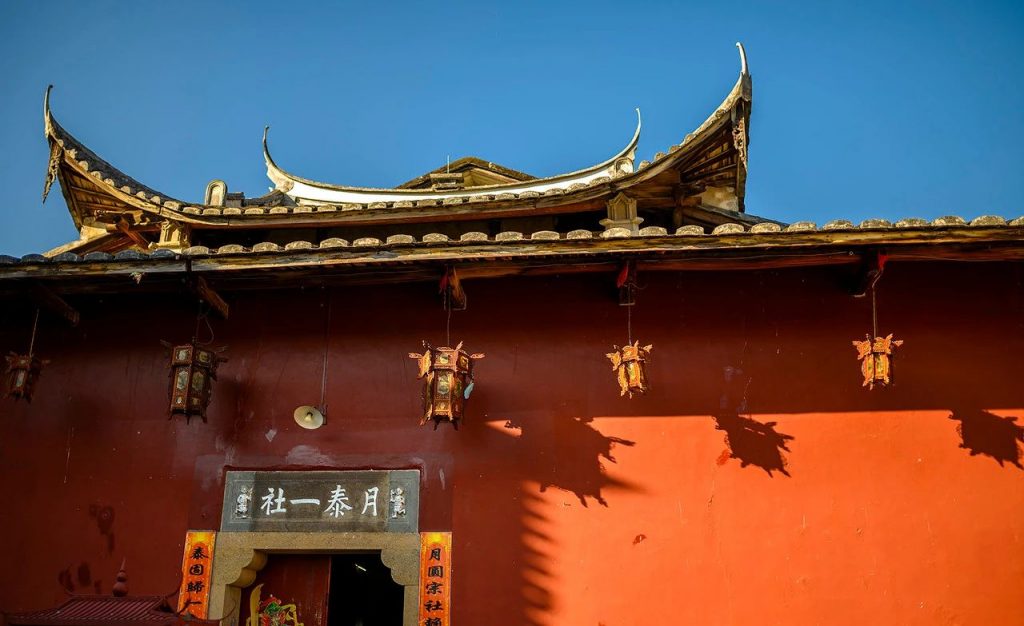
If you like ancient Chinese houses and traditional architectural art, don’t miss Songkou Ancient Town. Songkou was an important trade center in Minzhong during the Song and Yuan Dynasties, and reached its peak during the Ming and Qing Dynasties. Hundreds of Ming and Qing ancient houses, earthen castles and ancestral halls make this a Fujian residential museum without walls.
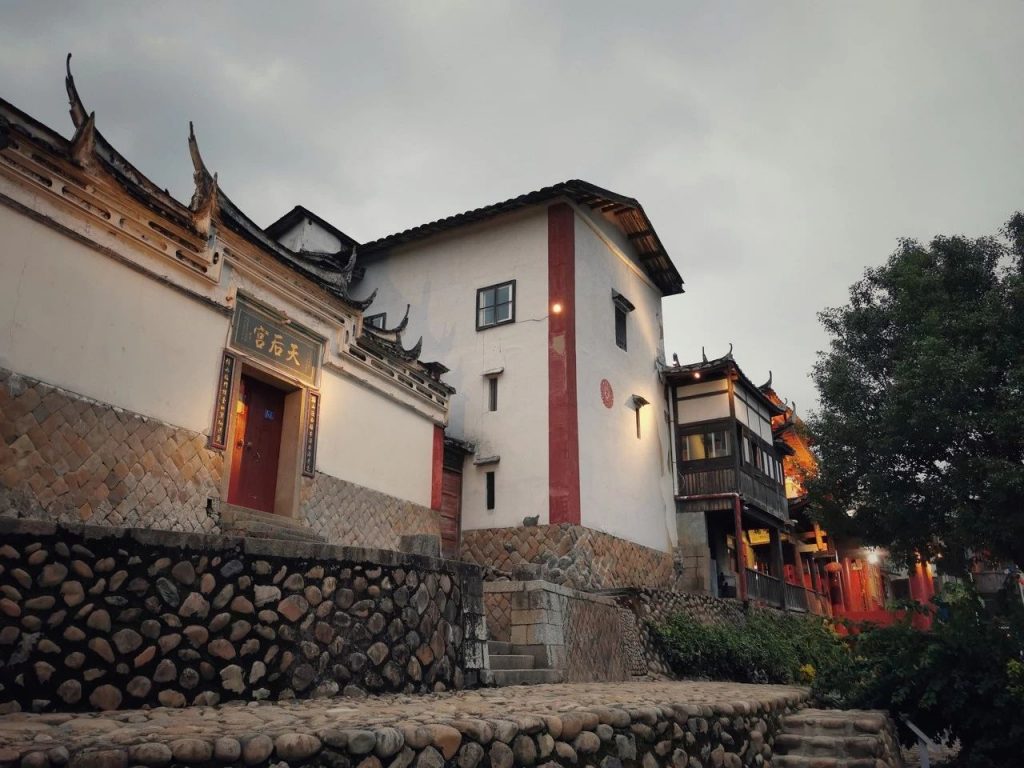
However, the Songkou Old Street is actually nothing to see. The newly built Songkou Folk Museum displays old relics collected from various places, but the value of cultural relics is not high. There is a Tianhou Temple at the ancient ferry, which is said to be a rare Mazu temple built at the inland river ferry.
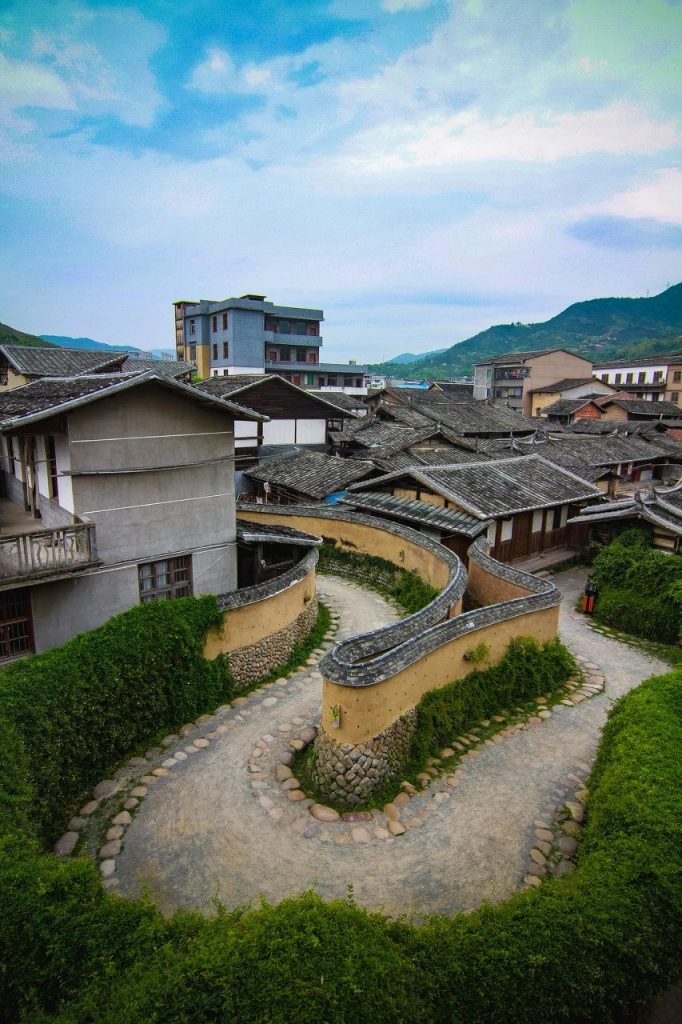
The ancestral home of Longkou, opposite the old street, is worth a visit. A tortuous crane-shaped alley will lead you into the old home. The unique horse-head firewall has high eaves, which can prevent rain and have decorative effects.
Play suggestions
Arrival traffic: To the ancient town of Songkou, you can take the shuttle bus to Yongtai County at Fuzhou North Bus Station, then transfer to the bus to Songkou at Yongtai Bus Station, and walk about 10 minutes to Songkou Old Street. There are several worth seeing houses in the ancient town that are far apart. It is best to charter a motorcycle (30 yuan) in the town. Drivers are generally willing to act as
temporary “guides.” The bus from Yongtai back to Fuzhou is 18:15 at the latest.
Huo Tong
Huotong Town, Ningde City
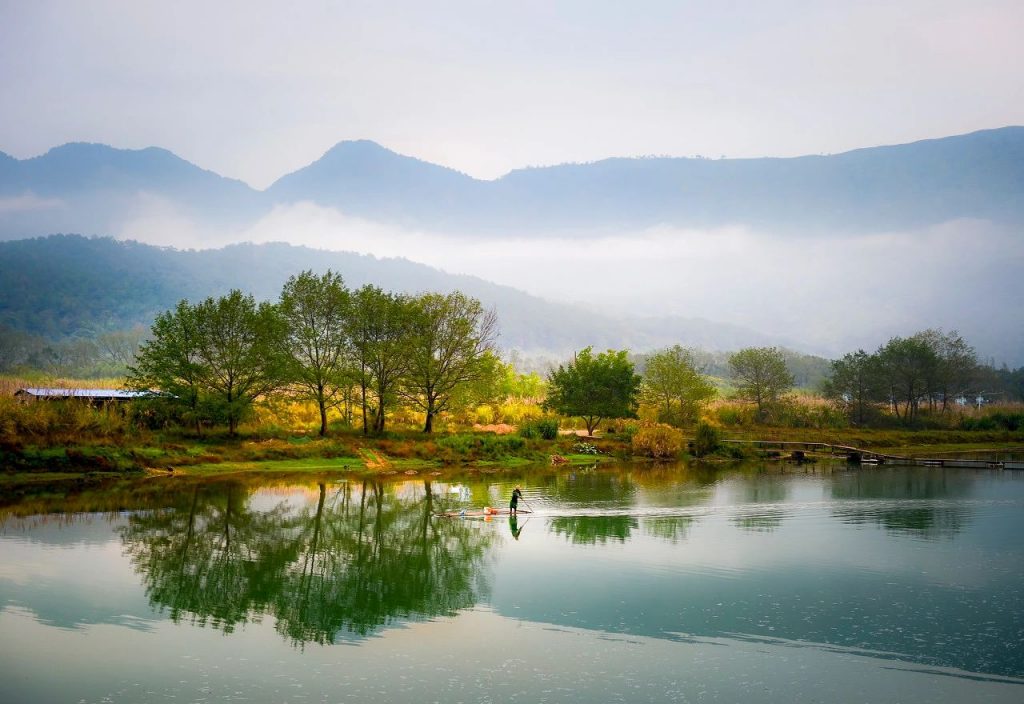
For backpackers, Huotong Mountain is difficult to travel up the mountain, and Huotong Town at the foot of the mountain also has surprises. The town is famous for the Huotong line lion: behind the stage, the lion is hung in the air by ropes, relying solely on the backstage personnel to pull the ropes to perform various movements of the lion. Arm strength and dexterity are indispensable.
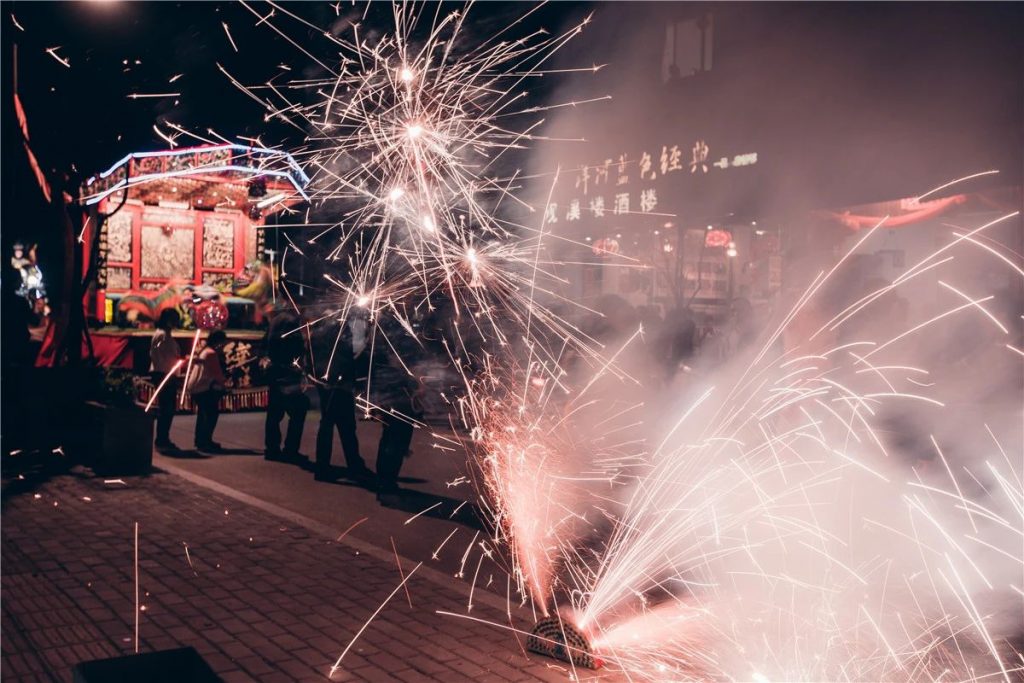
The thread lion used in the performance is made with precision, and even the thread can be used to control the lion’s facial expression. This magical folk technique was included in the first batch of national intangible cultural heritage lists early. The ancient town has opened a line lion hall to organize daily performances. The Huotong Lantern Festival held once every five years (Fengjia, Ji year) on the first day of the second month of the lunar calendar, the performances are even more lively.
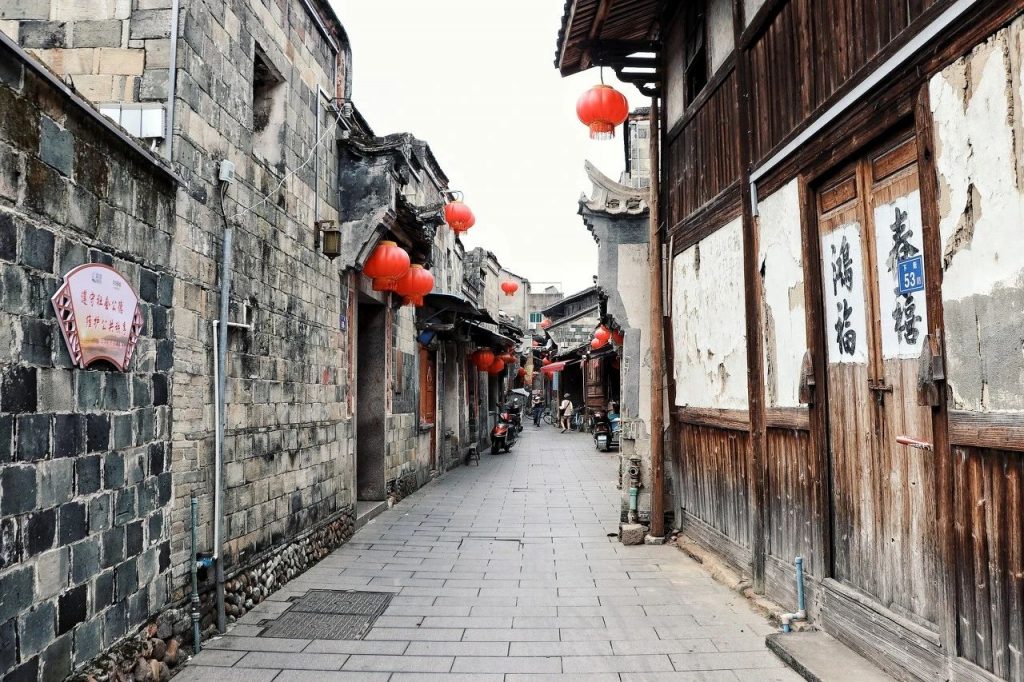
Relying on the passenger flow brought by the two-day tour group from Fuzhou to Baishuiyang, Huotong is developing tourism in the ancient town, but the so-called ancient town has only a short ancient street (free). However, this does not mean it is not worth seeing here. The mansions on the street have exquisite details, and the doors of many buildings are decorated with lively brick sculptures of lions. The residents’ love for lions is evident. Several houses on the street have been divided into exhibition halls of various types. The content of the exhibition is simple, but this is a good opportunity for you to walk into the house to see the details of the building. In addition, the atmosphere of life in the ancient streets is still strong.
Play suggestions
Arrival traffic: Ningde North Bus Station departs to Huotong every 20 minutes from 7:10 to 17:30 every day, the fare is 14 yuan. After arriving at the station, follow the main road and enter the town. You can find the less obvious light yellow tourist signs near the town government. You can start walking from the Lion Palace. The bus from Pingnan to Ningde will pass through Huotong and can be arranged for first-line tours.
Heping Ancient Town
Peace Ancient Town, Shaowu City
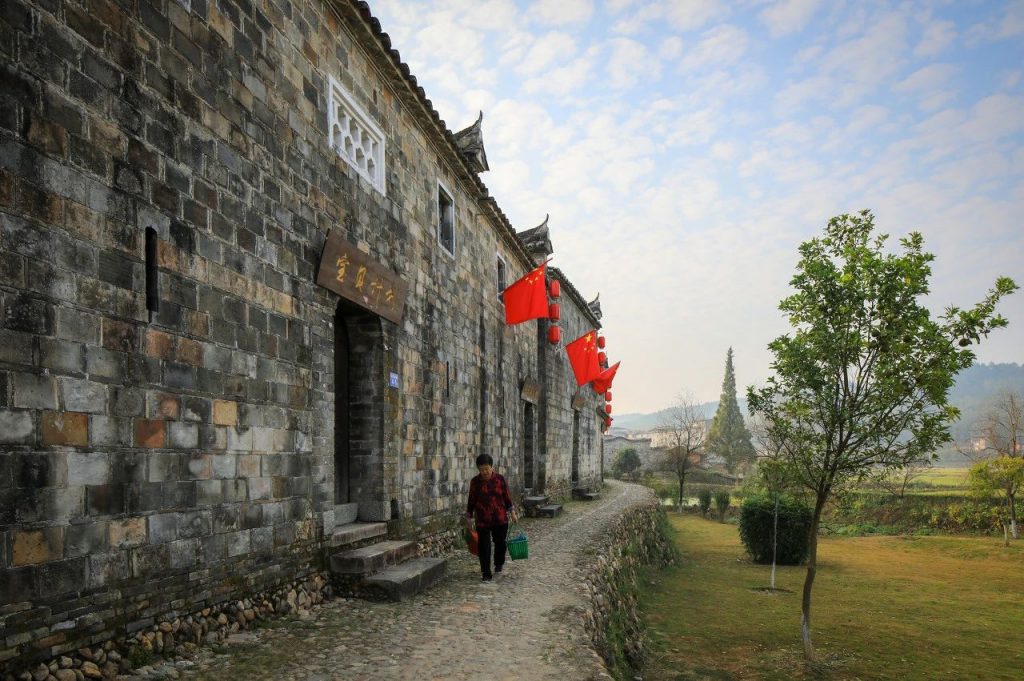
More than 200 houses of Ming and Qing Dynasties gathered quietly in the mountains of northwestern Fujian. The most special feature of this huge castle-like village in Heping Ancient Town is that the city gates and walls were spontaneously built by residents during the Wanli period of the Ming Dynasty.
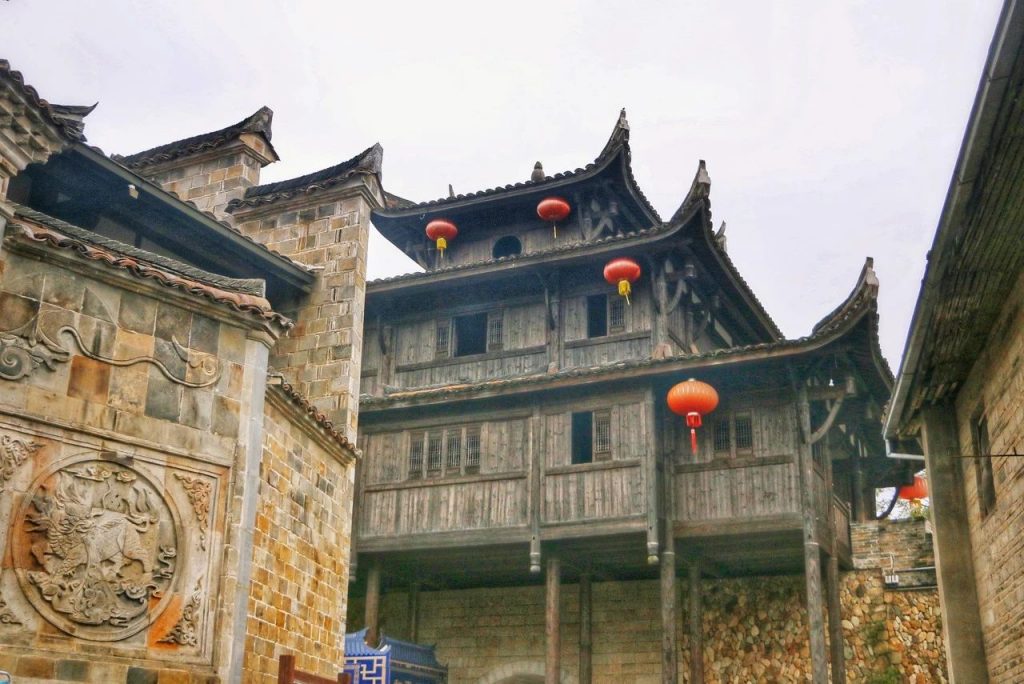
The ancient town is about 40 kilometers southwest of the city. After getting off the bus, walk 200 meters to the south gate on Shunfuqian Road. Don’t rush straight ahead and finish shopping at Heping Street, known as “Fujian First Street”. Let’s take a look at several large houses from the east, among which the brick carvings on the front door of Doctor Li are the most exquisite.
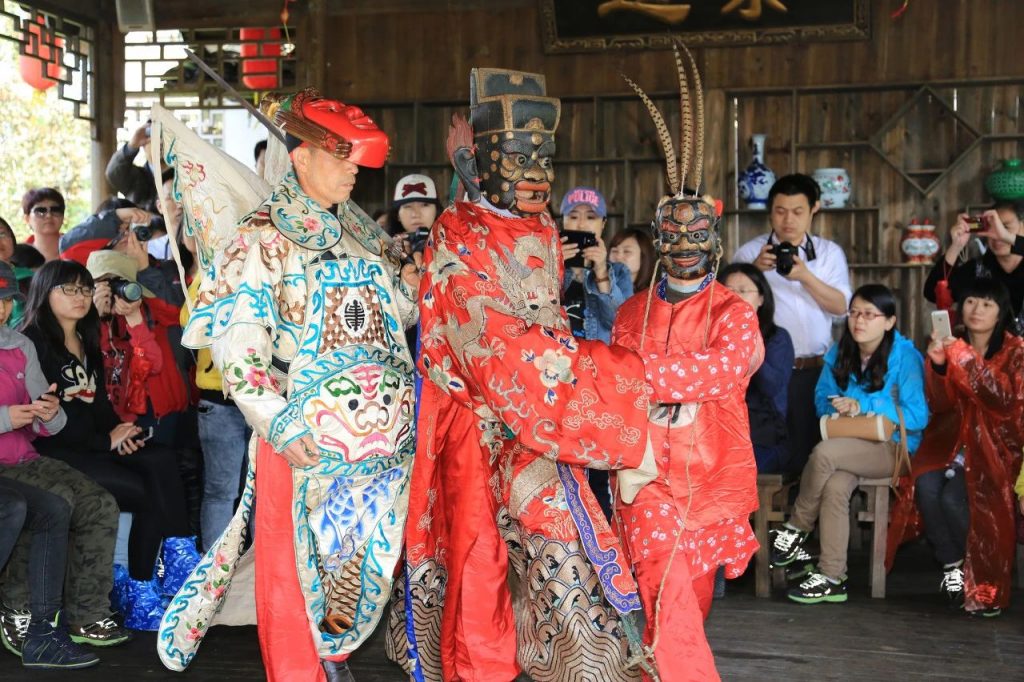
The ancient town has a long cultural heritage and is one of the places where Nuo dances are passed on. However, the dance of such witchcraft rituals is hard to find in peace now. Dragon lanterns and candle bridge ceremonies can only be seen on the 15th of the first lunar month. The town’s snacks are good and cheap, with bean curd and grass jelly for only 2 yuan. The three must-dos in the ancient town, “fruit stand, star-gazing tea, and tofu with milk”, are now the most common tofu. There is a tofu shop in the north gate with the intangible cultural heritage inheritor’s signature, but the taste of some unknown shops is also mellow.
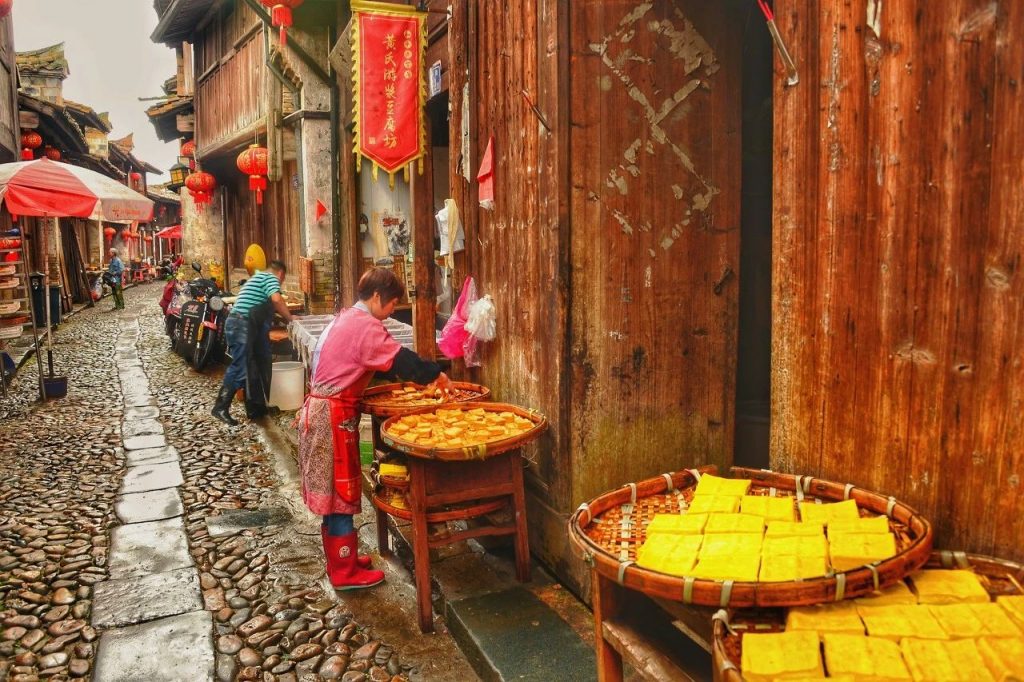
Play suggestions
Arrival traffic: There is a shuttle bus from Shaowu Bus Station to Heping, but there are only 3 buses a day. However, the shuttle bus to Xiaojiafang also passes through Heping, every hour from 7:00 to 17:20, and the fare is 12 yuan. There is no residence in the ancient town, and there is no need to live in the new town. The last train back to Shaowu is about 17:00. If you have time, you can go to see Jukui Pagoda on a hill 1.5 kilometers away from the east of the town. This Fengshui Pagoda has an inscription by Yuan Chonghuan.
Xiamei village
About 9 kilometers northeast of Wuyishan Sangu Resort
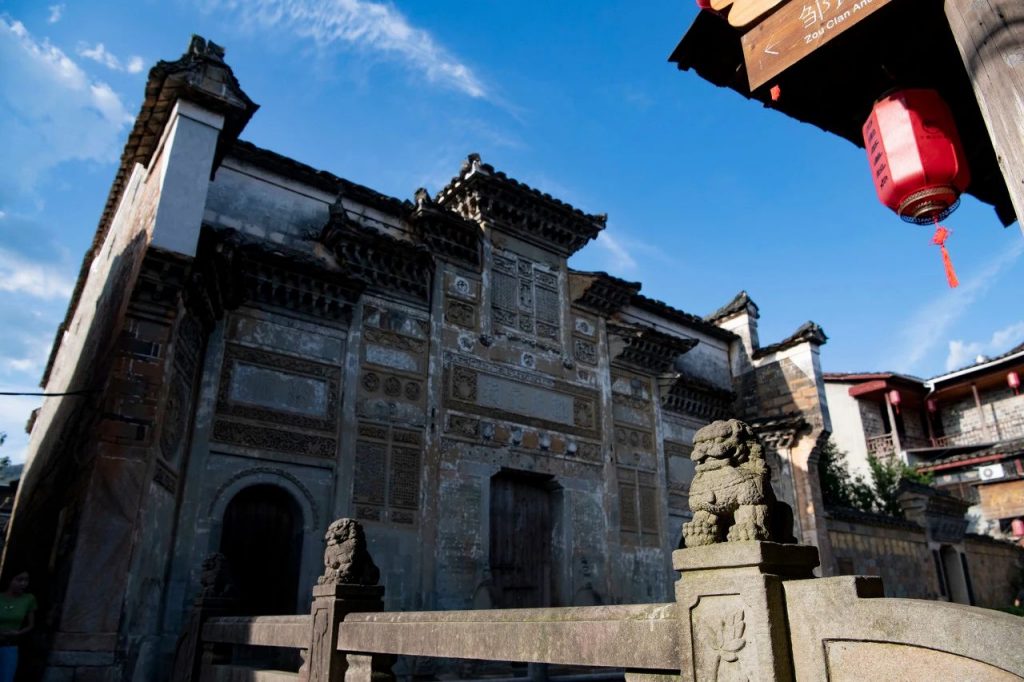
Xiamei was once a distribution center for tea trade in the Wuyishan area, and its prosperity can be seen in the Ming and Qing mansions that it still retains today. This was the starting point of the Wanli Tea Road of Shanxi Merchants, but it also declined due to the more convenient waterway and shipping of tea. However, the Wenchang Pavilion that straddles Dangxi and the exquisite wood and brick carvings in the old houses on both sides of the bank are still the prosperous Xiamei.
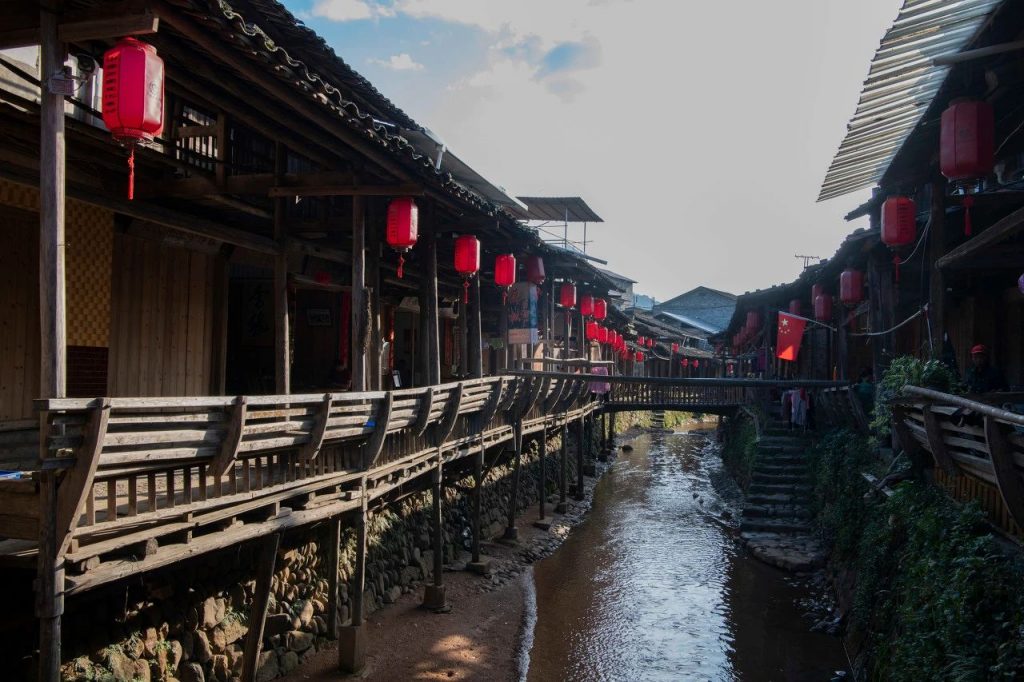
There is an arc-shaped railing “beauty lean” by the creek, where you can sit or lean. In the past, most men in Xiamei went out to trade tea. The Zou family built curved benches along the river. The family members usually sit here when they are free. They look forward to returning. Now it has become a place for local elderly villagers to chat and relax.
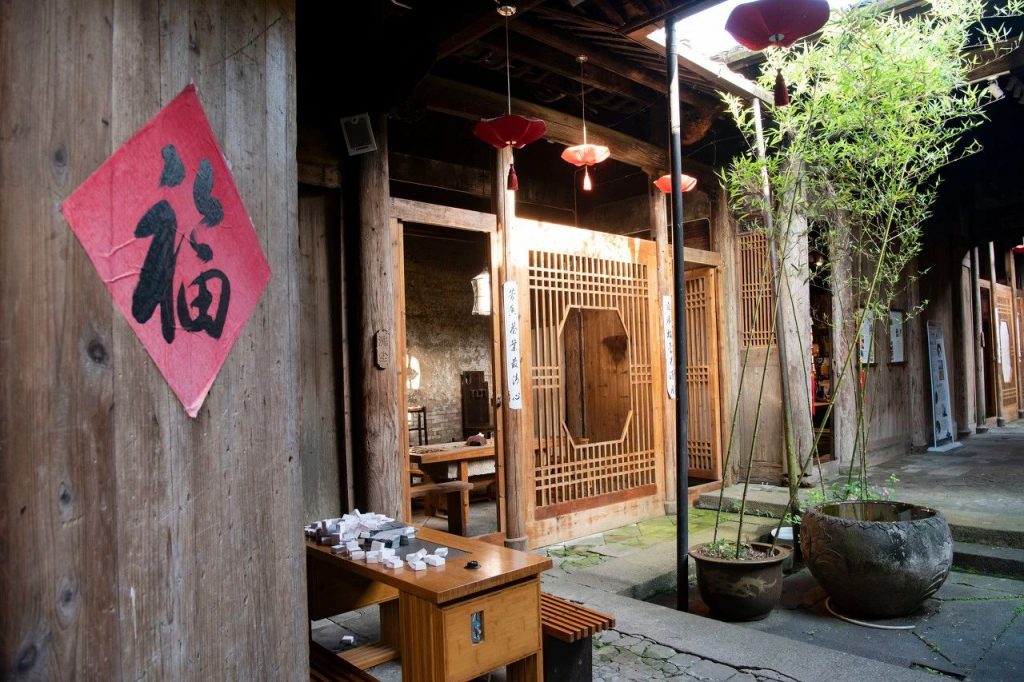
The best-preserved buildings in Xiamei Village are the three residences of the Zou family, Doctor Zou, Zou’s Ancestral Hall, and Xishui Bieye. Tickets include an explanation fee. Please ask for a guide when buying tickets. If you don’t enter a few ancient buildings and just enter the village for a stroll, you don’t need to buy a ticket. There is a Shanxi merchants teahouse next to the Zou clan’s ancestral hall. Back then, this big householder almost controlled the tea business with Shanxi merchants. The Zhenguo Temple on the ancient street holds a lively temple fair on the 15th day of the first lunar month.
Play suggestions
Arrival traffic: Wuyishan Sangu main street to Xiamei Village is about 9 kilometers, a taxi is a reasonable price of 30 yuan one-way, and the round-trip price is more expensive. There are also private cars operated by villagers at the entrance of the village, starting at 30 yuan to return to the resort. The round-trip ride is about 40 yuan, and renting a bicycle to ride to Xiamei is also a convenient way.
Comments